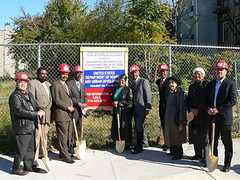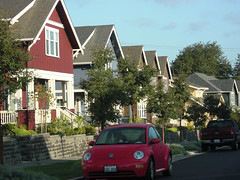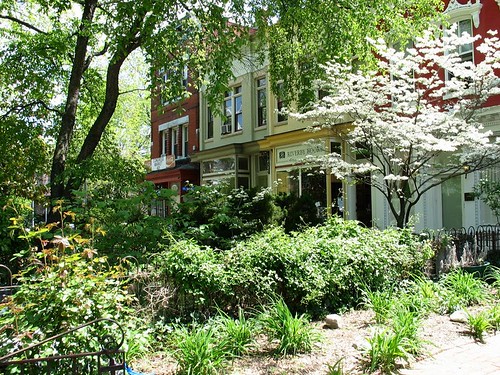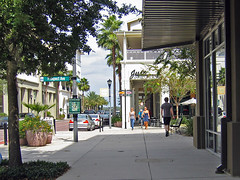Smart growth principles for the 21st century

Posted December 13, 2010 at 1:25PM
Last week, I posited that it was time to update "smart growth" - the shared vision that knits together most advocacy undertaken under the banner. New concerns have emerged since, for example, the well-known “ten principles” of smart growth were formulated and adopted by the Smart Growth Network (including NRDC) in 1997. I think we should build on that foundation, but not be confined by it. In addition, the practice of smart growth has already advanced beyond those principles; because of their immense educational value, it is important that they catch up.
We had a lively discussion on this topic both here on this blog and in a Smart Growth America board meeting at the end of last week. At the SGA meeting, participants seemed especially interested in articulating that, although our objectives may be grounded in the built environment,  we also need to stress that they serve people. As my friend and fellow SGA board member David Crossley puts it, why we advocate needs to be expressed as much as what we advocate.
we also need to stress that they serve people. As my friend and fellow SGA board member David Crossley puts it, why we advocate needs to be expressed as much as what we advocate.
(I mentioned David last week, too. He and I have been emailing each other back and forth about this for a year.)
Among the things we discussed at that meeting was a focus on great neighborhoods – communities that support businesses and jobs, have good schools, provide more options for getting around, and make it more affordable to live near work and the grocery store. All that was more richly fleshed out, of course.
I heartily agree, but personally I’m not going to leave it as solely about people, at least not solely about currently living generations. I work for an environmental group, after all, and I believe that conserving environmental resources and reducing impacts caused by our growth patterns and development are pretty important, too.
I don't think it is necessary to expound further here about the rationale, because the discussion in last week's post, together with your lively comments, already have formed a robust underpinning and menu of possibilities for moving forward. So let's get to it: with all of these things in mind, I humbly offer a revised set of principles to define smart growth, based on today’s context, rather than yesterday's:
- Foster neighborhoods hospitable to residents with a range of incomes, ages and abilities.
 Enhance, create and maintain communities that encourage healthy living.
Enhance, create and maintain communities that encourage healthy living.- Provide walkable access to shops, amenities, and services, including good schools, healthy food, and parks.
- Accommodate and provide a variety of convenient, safe, affordable and efficient transportation choices.
- Respect nature, integrating natural areas and systems into regional planning and neighborhood design.
- Identify, respect and enhance the strengths and character of existing communities.
- Keep regional footprints small and discernible, limiting the encroachment of new development onto natural and rural land.
- W
 hen constructing new development, use land efficiently, with design appropriate to the context.
hen constructing new development, use land efficiently, with design appropriate to the context. - Encourage collaboration in planning and development that leads to predictable, fair decisions that benefit all stakeholders.
- Take advantage of resource-efficient design, development and management practices.
I considered offering a few thoughts about each but, on reflection, I decided that basic principles are better left in relatively simple form, as starters rather than fully elaborated directives. This will inevitably lead to different interpretations about the details, but that is probably more healthy than not. What do you think? Let’s improve them together.
Move your cursor over the images for credit information.


